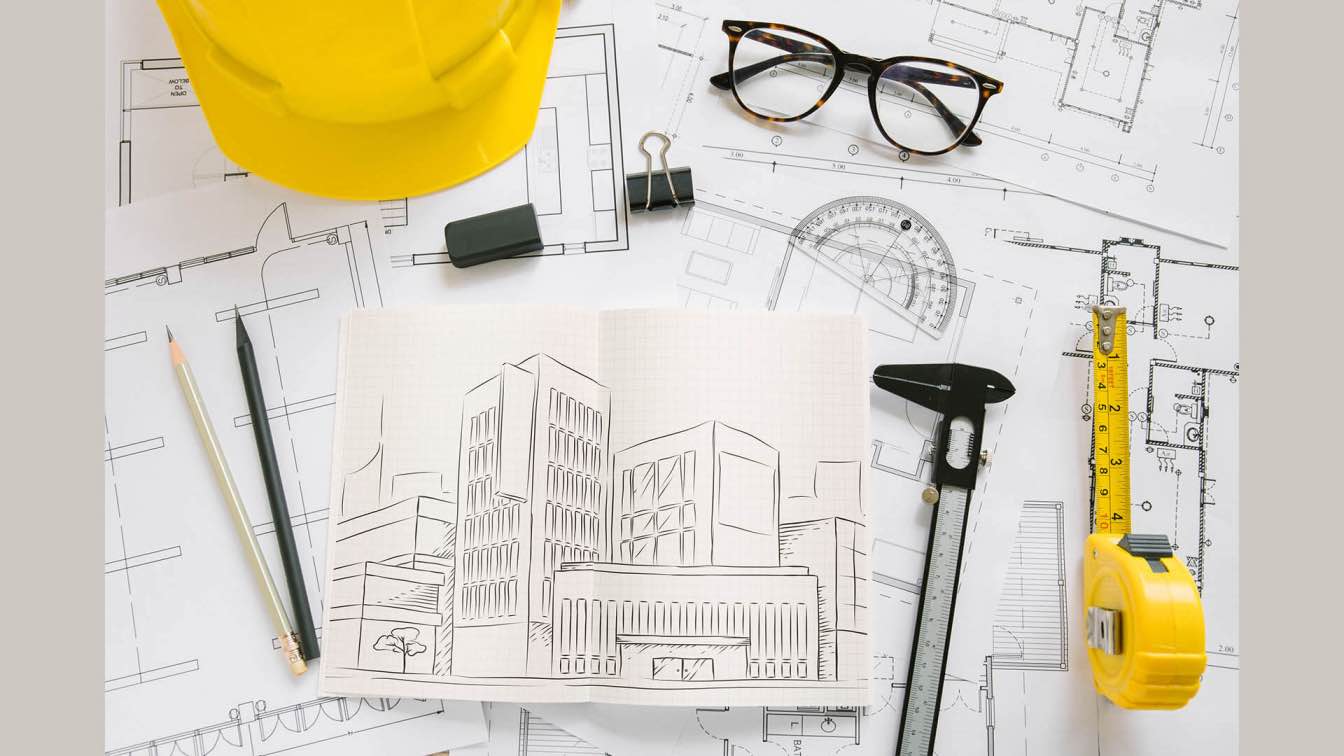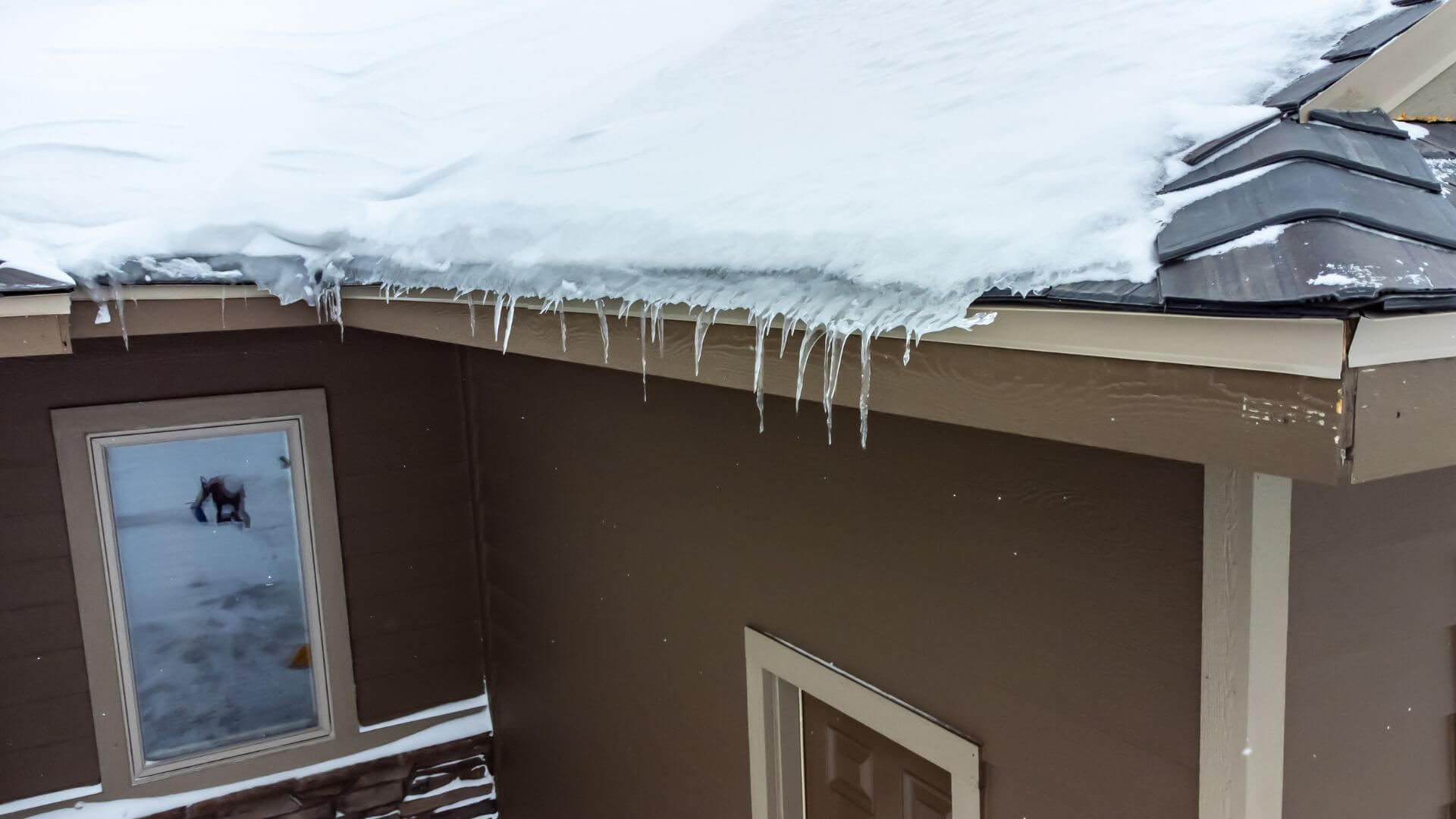Construction is a major industry that can be found in every country. It’s one of the largest industries, and it has been growing steadily for over fifty years. The construction industry creates 14% of the world’s GDP, which is more than any other industry by far and employs 10% of the world population. This means that there are plenty of people who need work in this field! The demand for workers will only continue to grow as new buildings are built all over the world. And with increased globalization comes increased opportunities for employment within this booming business. Construction projects come with many challenges, but they also provide an opportunity to learn new skills and build your resume while making money at the same time! With these six innovative ways to improve your construction project, you can guarantee that you will have a great experience in the field.
1. Embrace innovations
Just because you’re working on a construction project doesn’t mean you have to do it the old-fashioned way! There are many benefits to using new technology and innovations in this field, including safer work environments and increased speed of production. Use drones for aerial photos at various phases of construction so that your team can get a better overview of the site. You can also use drones to monitor workers and prevent accidents as well as track progress on your construction project, or you can use brick waterproofing to make the walls of the building water-resistant. With the constant improvements in technology across all industries, innovations are happening in the construction industry too, and all companies are trying to make the most out of them!
Embracing new technologies is key to improving the construction process! Whether it's using advanced 3D modeling techniques or implementing advanced automation systems, you want to make sure that you're always staying ahead of the curve when it comes to technology. You never know what might be next in terms of innovation, so remember to keep your mind open and embrace change where you can!
2. More efficient, less costly construction processes
This one is pretty obvious, the most expensive part of any construction process is labor. Other factors that drive up costs include materials, time spent on site, etc. But there are many ways to speed up the process without sacrificing quality or safety, which means you’ll have a better ROI in the long run for your investment in this approach. For example, you could use prefabricated components or modular systems so that the building doesn't need to take place on-site until it's complete. You could also use temporary structures during demolition phases in order to work faster and more efficiently.
3. Making the most out of your budget
This is another obvious one, you want to accomplish as much as possible, but within your budget constraints. You could decide to use value engineering techniques so that you’re buying smarter and not wasting money on things you don't need, or you could also offer incentives for subcontractors to finish their work early (which means more time saved during construction). You can even hire a dedicated project manager who oversees every phase of the development process in order to keep an eye on how your money is being spent.
4. Reduce waste with off-site manufacturing
Many developers are beginning to realize the potential cost savings of using off-site materials instead of building them on site (which is much more wasteful). Some good examples of off-site manufacturing include prefabricated components, like precast concrete elements. You can also use robots to assist with the process in many cases (for example, using industrial robots to work on bridges or even assembling modular homes), which improves the speed of production as well. Using prefabricated components will also help with quality assurance because you can make sure that each off-site component is exactly the same as all the others before they go into use.
5. Using smart technologies that help reduce carbon emissions
We’re seeing an overwhelming amount of interest in green technology when it comes to construction projects, and for good reason! There are many ways you can design your buildings in order to maximize energy conservation, which is incredibly important when it comes to reducing your carbon footprint. For instance, you could install low-flow irrigation systems so that you’re using less water than usual, similarly, if you're designing a manufacturing facility, you can use high-efficiency lighting and HVAC equipment to minimize the energy used by the building.
6. Increase safety with wearable technology
It’s becoming more common for contractors and construction workers to wear sensors on their bodies that record data about their work environments in real-time, which can help make them safer while on site. For example, these devices could measure noise levels over time so that you’re not going over safe decibel limits during a project. Similarly, they could track air pressure or any hazardous substances being released into the air. Once this information is collected, it's easy to spot trends and patterns of where danger might be lurking! Quickbase is one of the Construction Management Software that enables you to control documents, effective and easy management, information access, and control cost. When accidents occur, construction injury law firms advocate for workers' rights and ensure they receive proper compensation and support.
 image © Borko Manigoda
image © Borko Manigoda
The construction industry may be one of the most challenging industries in which to stay on top of new innovations, but with these 6 innovative approaches, you can create a more sustainable and cost-effective project. Whether you're working on the green building design or just trying to speed up your process without sacrificing quality, we hope that this article has given you some fresh ideas for improving your next project!





